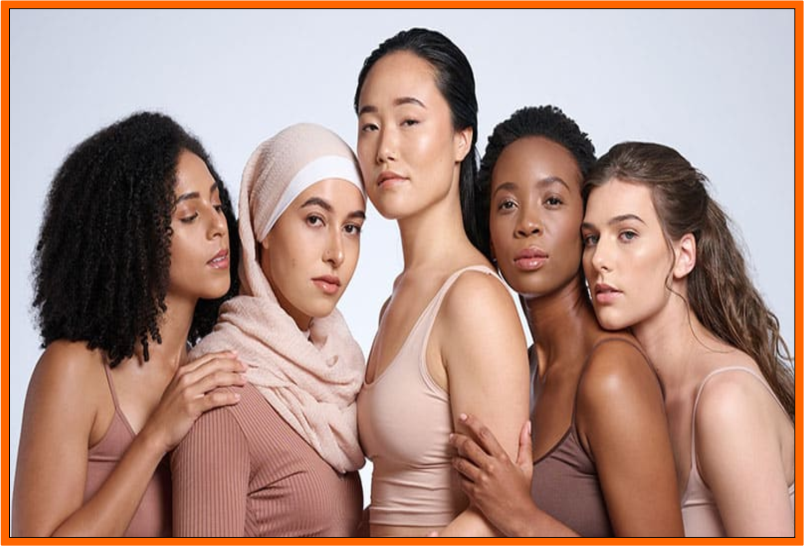Breaking Stereotypes: Diversity and Inclusivity in Modeling Industry
In recent years, the modeling industry has undergone a profound transformation, breaking free from traditional stereotypes and embracing diversity and inclusivity. This shift represents a positive change not only within the industry but also in society at large.
In this article, we will delve into the evolution of the modeling world, explore the importance of diversity and inclusivity, and discuss the impact of these changes on both aspiring models and the fashion industry as a whole.
Embracing Diversity: Beyond the ‘Ideal’ Image
The Traditional Beauty Standards
For decades, the modeling industry was dominated by a narrow definition of beauty, often favoring tall, slender, and predominantly white models. These rigid beauty standards not only limited the opportunities for aspiring models but also perpetuated harmful stereotypes about what it means to be attractive.
The New Definition of Beauty
Today, the modeling industry is challenging these norms by celebrating beauty in all its forms. Models of different races, ethnicities, body types, and gender identities are now gracing runways and magazine covers. This shift towards inclusivity has given rise to a more authentic representation of the diverse world we live in.
The Power of Representation
Breaking Stereotypes
One of the most significant impacts of diversity in modeling is the ability to break stereotypes. When individuals see models who look like them or come from similar backgrounds,
it sends a powerful message that beauty is not confined to a specific mold. This can boost self-esteem and inspire confidence among those who previously felt marginalized.
Encouraging Inclusivity
Inclusivity in the modeling industry extends beyond appearances. It also promotes a sense of belonging and acceptance for models of all backgrounds. As a result, brands and designers are increasingly creating collections that cater to a wider range of consumers, ultimately leading to increased sales and brand loyalty.
The Rise of Diverse Role Models
Inspiring the Next Generation
Diverse models have become role models for young people who aspire to enter the fashion industry. They show that dreams can be achieved regardless of one’s appearance or background. This shift encourages more individuals to pursue their modeling ambitions.
Challenging Discrimination
In the past, discrimination within the industry was rampant, with models facing prejudice based on their race, size, or gender. However, the rise of diversity has prompted a more inclusive and accepting environment, making it less likely for models to experience discrimination.
Industry Transformation and Economic Benefits
Expanding Market Reach
Fashion brands that embrace diversity and inclusivity often see their market reach expand significantly. This is because consumers are more likely to support brands that align with their values and showcase a variety of perspectives and experiences.
Fostering Creativity
The inclusion of diverse models has brought fresh perspectives and creativity to the fashion world. Designers are now inspired by a broader range of influences, resulting in innovative and inclusive fashion collections.
Conclusion
The modeling industry’s shift towards diversity and inclusivity represents a positive evolution in our society. It not only challenges stereotypes but also promotes acceptance and self-confidence.
Aspiring models from all walks of life now have a chance to pursue their dreams, and the fashion industry is thriving with newfound creativity and market opportunities.
FAQs
- Is diversity just a trend in the modeling industry? No, diversity is not a passing trend but a long-overdue transformation. It reflects a fundamental shift in societal values.
- How can aspiring models break into the industry? Aspiring models should focus on building a strong portfolio, networking, and finding agencies that value diversity and inclusivity.
- Do diverse models receive the same pay as traditional models? The pay in the modeling industry varies, but efforts are being made to ensure equitable compensation for all models, regardless of their background.
- Are brands that embrace diversity more successful in the market? Yes, brands that celebrate diversity often see increased market success as they resonate with a broader customer base.
- What can individuals do to support diversity and inclusivity in modeling? Individuals can support diversity by consciously choosing brands that promote inclusivity and by advocating for change within the industry.













